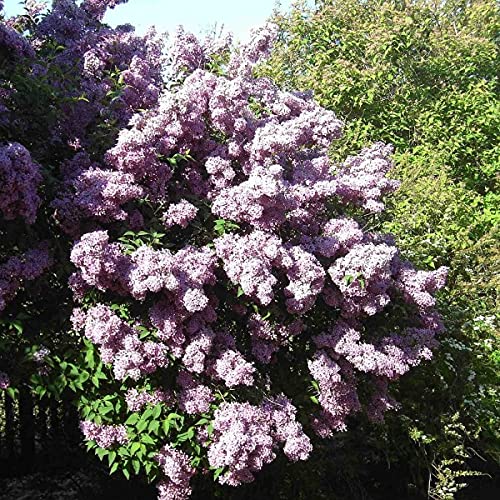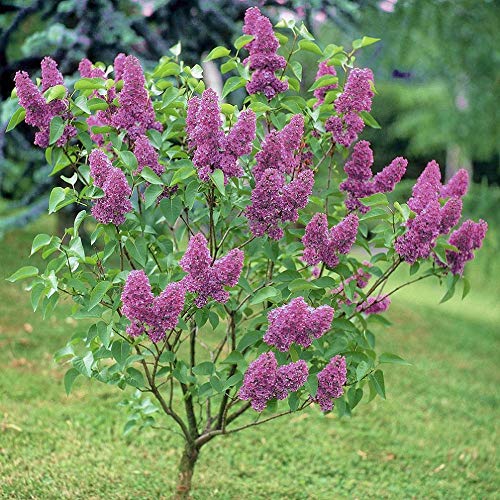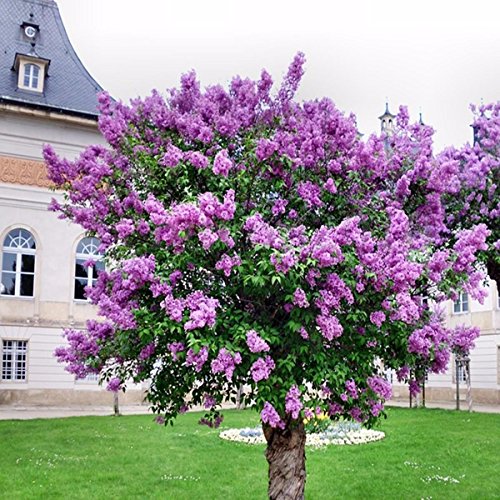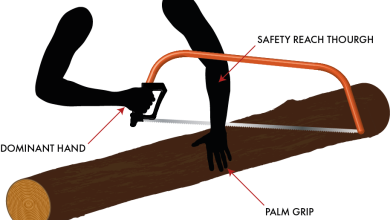Lilo Cuttings in Water: [Associations, Best Time and Sowing]
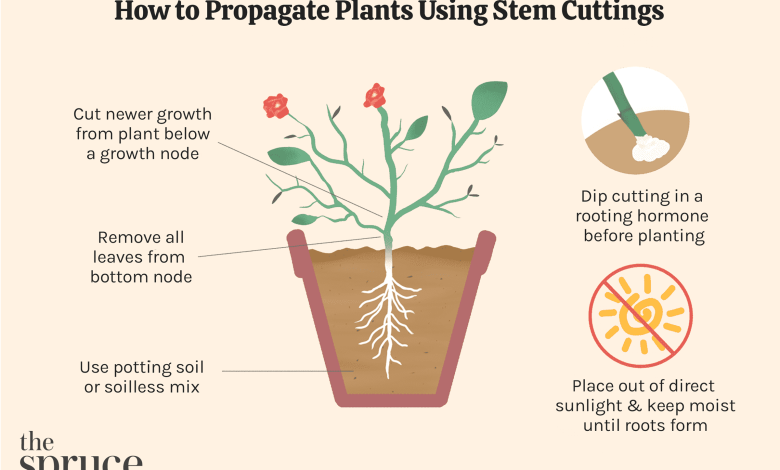
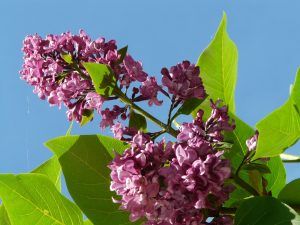 Who does not like to enjoy the spectacular blooms that the lilac tree gives during the spring?
Who does not like to enjoy the spectacular blooms that the lilac tree gives during the spring?
Whether you have lilac, white or any other variety of flowers, it is a species that is very worth multiplying and one of the ways is by cuttings.
If you have never stopped to think about how to do this procedure looking for the new roots to be born in water, here we will tell you everything. So, what do you think if we immerse ourselves in this study of lilac cuttings in water that will surely come in handy for your garden?
With what other plants or trees can we graft lilo?
The lilac is a tree that gives good results in the work with grafts with several species. Here we can mention the Japanese privet or the Ligustrum Amurense. In both cases, one works with a spike that is grafted onto the lilac.
What is the best time to plant lilac cuttings in water?
The best time is mid-spring, before the lilac’s branches begin to turn hardwood.
How to get lilac cuttings in water to root correctly?
Lilac cuttings can be worked in a container with water until it is time to transfer them to a substrate.Ideally, it should be a transparent glass container that you will fill with water to approximately half the height of the cutting.
In this way, you will have the opportunity to observe the changes that are generated and thus define the right moment to change it to a substrate.
You have to prepare the cuttings, removing as much of the plant matter as possible, leaving only a couple of leaves on top. In addition, it is a good plan to add a liquid or powdered rooting product to the water to help the process go quickly.
After the roots are born, you will have to transfer the cutting to a pot with a substrate that is previously moistened. As the roots at this point are very delicate, it is convenient that you carry out this process in phases, following the structure that we are commenting on now:
- Fill the pot with soil to a quarter of its height to create a floor from which to support the roots of the cutting.
- Place the cutting gently settling the roots and hold it with one hand while with the other you gradually sprinkle more substrate until you reach the height you consider appropriate to cover them. Make sure the cutting is firm.
- Water with a watering can or some other system that allows you to add a very small amount of water and slowly. Remember that they already had the substrate previously moistened and what this irrigation is looking for is for the substrate to compact and settle. Do not create puddles.
- Locate the pot in a warm space where it receives indirect sunlight.
Choose a substrate that is capable of draining liquid well and at the same time remains moist to preserve the hydration of the cutting.
How should we take the lilac cuttings in water to plant them?
Lilac cuttings are taken early before the wood gets hard. This is during the first half of spring. The idea is that the cutting is between 12 and 15 centimeters long so that it is easier to work with.
Take advantage of making a longitudinal cut because that allows for a wider contact area of the cutting with water and the rooting agent.
How long should we leave lilac cuttings in water?
 Lilac cuttings are left in water until the first roots begin to emerge.
Lilac cuttings are left in water until the first roots begin to emerge.
This is not a type of plant, like the one in other cases, that are only kept for a short period of time. Of course, remember to check the water frequently to avoid rotting.
Is it convenient to use fertilizer or compost?
As long as the lilac cuttings are submerged in water, nothing is needed other than this humidity environment and some rooting. The fertilizer or compost can be used when it is transferred from the water environment to the pot with substrate, taking care of the quantities.
How long does it take for a lilac cutting to sprout in water?
With this working method, it is likely that the first roots will emerge between 2 and 4 weeks after being submerged.When the lilac cuttings are worked directly in the substrate, this time can be extended up to 6 weeks.
Lilac cuttings are a delicate multiplication method due to the characteristics of the cutting, as they are prone to wilting.
However, when they are already converted into wood, it becomes more complicated for them to generate roots. That is why you must be very aware of the correct times to achieve a good result in this task.
Bibliographic references
- Mother plants and cuttings, I Rafael – mapa.gob.es
- Reproduction by cuttings, A Colombo – 2019 – books.google.com
- Ornamental plants of Noguera (Teruel): dicotyledonous angiosperms (II), DG Ortiz – Rehalda: Journal of the Study Center of La …, 2009 – dialnet.unirioja.es
- Multiplication of ornamentals by stem cutting, FXM Farré – viveroecoplant.com.ar
- Plants of the gardens of Baza, D Cobo-Gómez, P AROZA-MONTES – Blancoana, 1995 – sites.google.com

